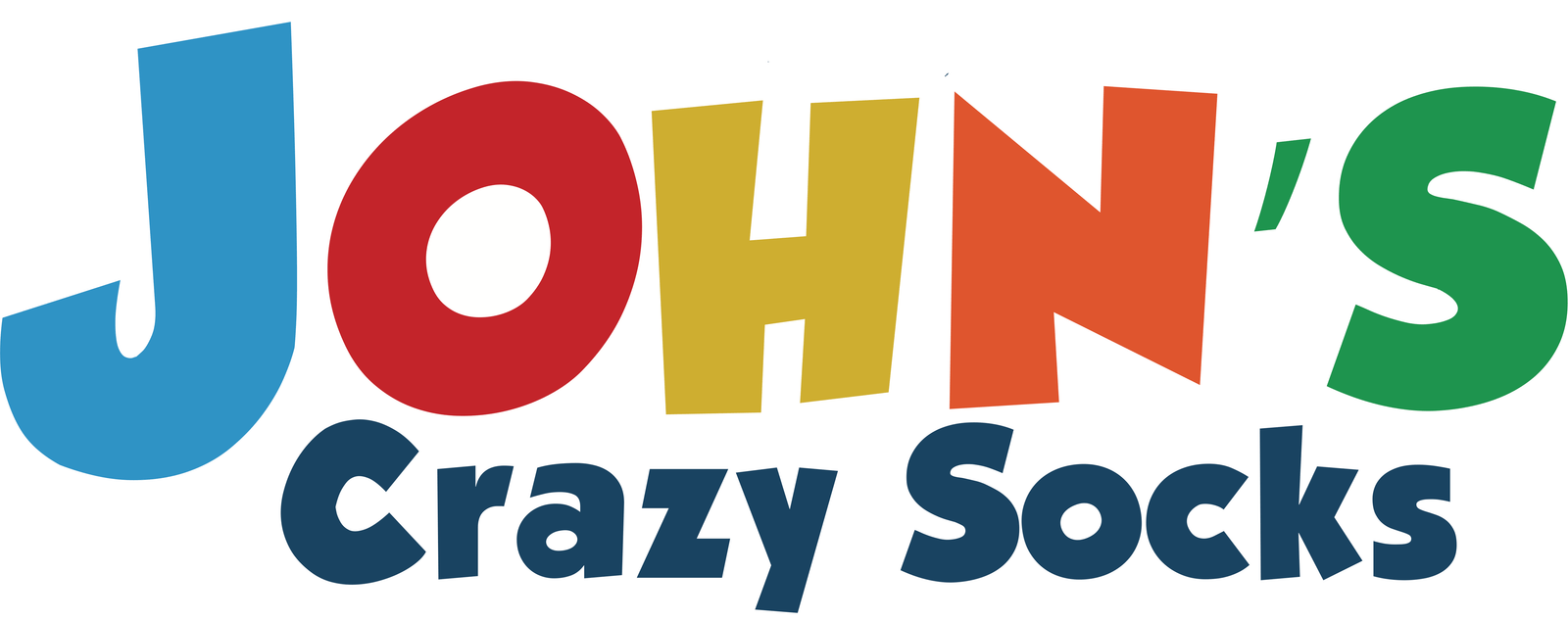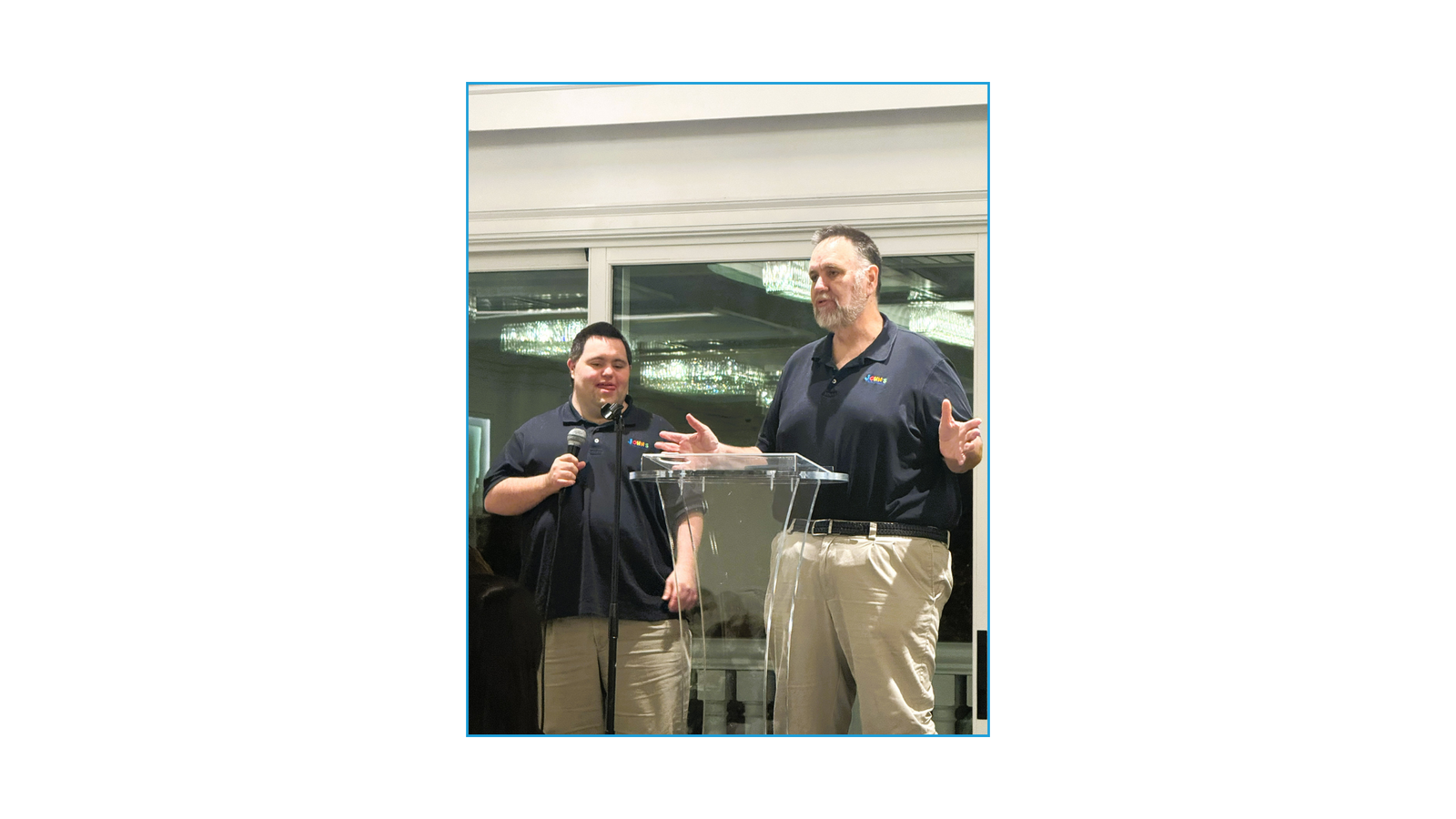Imagine working a full-time job and receiving a paycheck for $10 a week. Not $10 an hour, $10 for the entire week. For thousands of Americans with disabilities, this is reality.
This shocking underpayment is legal under a Depression-era law that allows employers to pay people with disabilities far below minimum wage. Most Americans are appalled when they first learn about the subminimum wage. What's even more disturbing is the broken promise that has kept this system alive for decades.
The False Promise of Sheltered Workshops
The subminimum wage was created in 1938 under Section 14(c) of the Fair Labor Standards Act. While this landmark law introduced crucial protections (the 40-hour work week, overtime pay, minimum wage, and the elimination of child labor), it carved out a devastating exception. It allowed organizations to pay people with disabilities less than minimum wage simply because of their disability.
The system promised that "sheltered workshops" would serve as stepping stones. These facilities, often run by well-known charitable organizations with good intentions, would teach people skills and develop positive work habits so they could transition to full-paying jobs in the community.
The Promise was an Illusion
People didn't leave sheltered workshops. They remained trapped in them year after year, decade after decade. Instead of developing pathways to real employment, these facilities became permanent warehouses for people with disabilities. The focus shifted from training and job placement to simply managing and maintaining the workshops themselves.
The System Is Collapsing and That's Good News
The numbers tell the story of this failed model. Just a few years ago, over 400,000 people were trapped in subminimum wage positions. Today, according to the U.S. Department of Labor, that number has dropped to 36,089 people in 690 organizations nationwide. In New York, 1,515 employees still receive subminimum wages.
These dramatic reductions aren't happening by accident. Organizations are finally recognizing what disability advocates have long argued: the sheltered workshop model is fundamentally flawed and no longer viable. Major operators like Melwood and Goodwill Industries have shuttered their sheltered workshops entirely, finding better ways to serve their clients.
What Real Change Looks Like
When we eliminate the subminimum wage, we do more than raise paychecks, we restore dignity. Paying someone less than minimum wage because of their disability devalues their humanity. It's a practice as morally bankrupt as the constitutional provision that once counted enslaved people as three-fifths of a person.
Setting a minimum wage floor creates expectations for everyone. Individuals with disabilities expect fair compensation for their work. Employers expect meaningful contributions from all employees. Organizations shift their focus from warehousing people to actual training and job placement.
At John's Crazy Socks, more than half of our employees have differing abilities. This is not charity. We are a business, and we don't give out jobs. Everyone who works here has earned their position through their skills and contributions. This is what employment should look like for everyone.
The Path Forward
Some worry about eliminating subminimum wages: "What about people who aren't ready for full employment?" This concern, while understandable, misses the point. We cannot allow fear for some to justify exploitation of many. Organizations can and must develop alternative programs that provide meaningful support without perpetuating a system built on devaluation.
Federal legislation to eliminate Section 14(c) waivers has stalled in Congress, not from opposition but from legislative inertia. States are taking matters into their own hands. Maryland to Minnesota have passed legislation eliminating subminimum wages. In New York, Bill S.28 has passed the State Senate and awaits Assembly action.
The Time Is Now
The sheltered workshop model has had 85 years to prove itself. It may have worked once, but it is no longer viable. The promise of transition to real employment was broken from the start, trapping generations of people with disabilities in a cycle of exploitation disguised as charity.
We know better now. We can do better now. The question isn't whether we should eliminate the subminimum wage, it's how quickly we can make it happen.
Contact your state and federal representatives today. Demand they eliminate the subminimum wage and end the broken promise of sheltered workshops once and for all. The 36,089 people still trapped in this system are counting on us to act.





